The Threatened Plants Programme helps collection holders, head gardeners and plant enthusiasts manage their collections and identify rare plants.
Plant Heritage is the only organisation researching threatened cultivated plants. You can read about some examples of the work done by the Threatened Plants Programme over the past decade below.
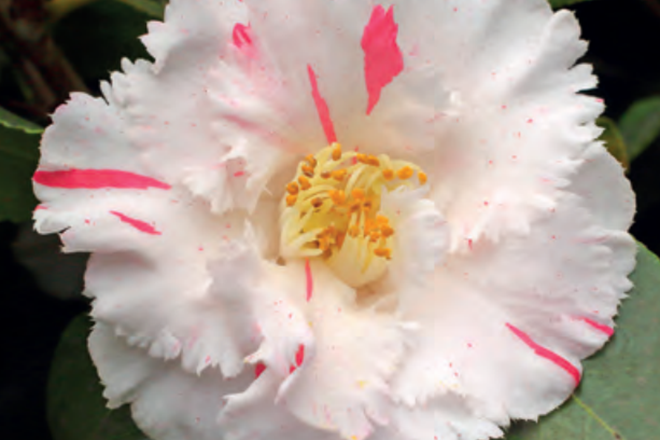
Camellia 'Dainty' Endangered cultivar, only known from one location
© Jim Stephens
Camellias — a case study
In 2020 we reviewed the Camellia collections for an article in the Rhododendron, Camellia and Magnolia Group's Journal about how the National Plant Collections are contributing to the conservation of this genus in the UK.
Camellias have been a popular plant for UK gardens since their introduction in the 1700s. In that time, at least 1,704 cultivars are known to have been grown in the UK or Eire, but to find out how many still exist, how rare they are, and how many are kept safe in National Plant Collections is one of the reasons the Threatened Plants Programme was started.
By comparing records from nurseries, National Collections, Plant Guardians and hundreds of historic and botanic gardens around the UK and Eire we found that 1,517 of these cultivars can still be found. However, half of these are assessed as Threatened, meaning that they pre-date 2005, and are not (or only very intermittently) available commercially.
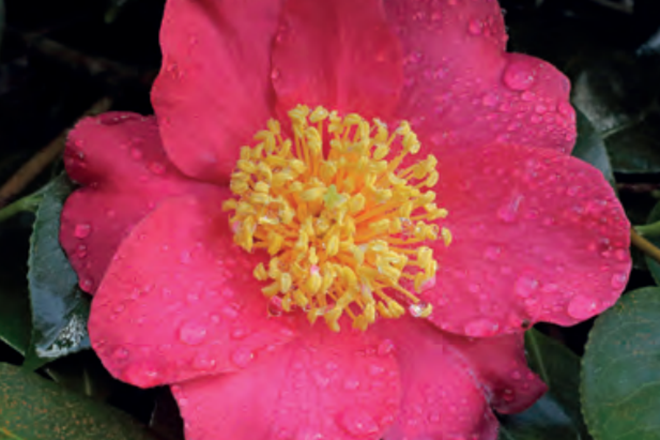
Camellia 'Mattie Cole' Vulnerable cultivar. Not available commercially but growing at six locations
© Jim Stephens
There are seven National Collections of Camellia, the majority being held in Cornwall. Between them, they hold 56% of the camellias that can still be found, which gives a level of assurance that these plants are being conserved for the future.
The largest collection, held at Mount Edgcumbe, at whose request the work was done, holds 391 threatened cultivars. To the best of our knowledge, 126 are not held anywhere else in the UK or Eire. They are using this information to prioritise plants for propagation.
There are at least 124 cultivars that we identified which only exist at one or two locations, and are not in a National Collection. Knowing that this is the last of a particular cultivar is useful information for gardens managers.
This leaves 177 cultivars for which we have no known location for, such as C. japonica 'Dianthiflora', originating from the UK in 1822 and surely out there somewhere? The list is here — could one be in your garden?
Read the full article from the Rhododendron, Camellia and Magnolia Group's Journal
Hardy garden chrysanthemums
In 2019, Plant Heritage reviewed hardy chrysanthemums available in the UK and how they are being managed through our conservation schemes. The majority (73%) are being safeguarded in a National Plant Collection and many cultivars have featured in Plant Exchanges over the years, from and to Collection Holders. However, 21% are known at only one location, so work is under way to duplicate these and 22 cultivars can no longer be found at all, so they are considered to be Critical in cultivation.
Judy Barker, Collection Holder since 2004, has greatly contributed to safeguarding hardy chrysanthemums in multiple locations by setting up a dispersed Collection over three geographically-distant sites. Judy recently published Hardy Garden Chrysanthemums, a flower-filled book recommending 140 named cultivars.
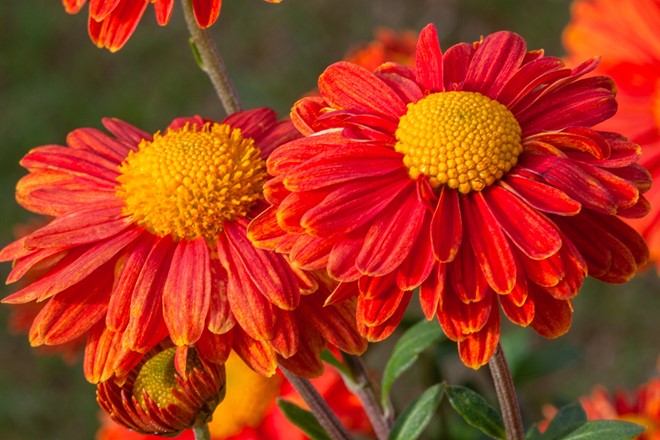
Chrysanthemum 'Spartan Linnet'
© Clare Dawson
Chasing Helen
Chrysanthemum ‘Helen’ was being sought by the Suffolk Punch Trust, an historic Collection, as it had formerly been grown by Home Meadows nursery in Woodbridge. When the nursery closed, some of the plants were rescued by Suffolk Group members, brought back to health and donated to Wimpole Hall in Cambridgeshire.
In 2014, when the Suffolk Punch Trust were looking to bring together a collection of Suffolk garden plants, 'Helen' was looked for in the local area, but after so many years, it was thought to be lost. However, through Threatened Plants Programme research, one specimen was found growing in the grounds of Temple Newsam garden in Leeds.
We are now working on a way to bring 'Helen' (well, a cutting of her at least) back home to Suffolk.
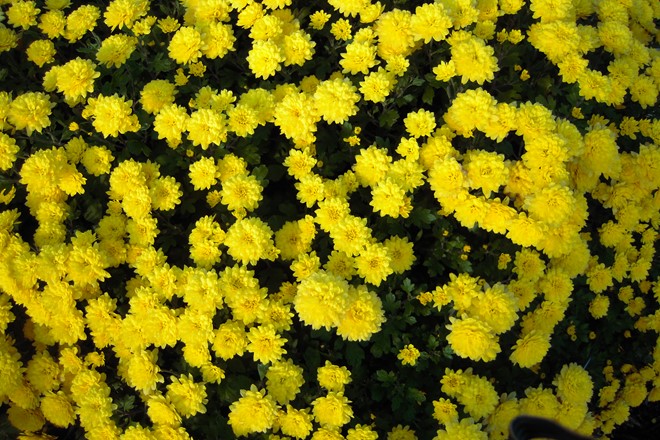
Chrysanthemum 'Constable' Endangered cultivar in the National Plant Collection of Judy Barker
© Judy Barker
Chrysanthemum 'Spartan Linnet'
Other suggested chrysanthemums of interest were those from particular breeders or listed in particular nursery catalogues. Cultivar names starting ‘Spartan…’ were bred by Woolmans.
Many of these are either no longer available commercially or have very limited availability. One such cultivar, 'Spartan Linnet' was found growing in the garden of a Plant Heritage member.

Home Meadows catalogue, 2000
Conifers at the National Pinetum
In 2019, Bedgebury, the National Pinetum asked for a review of its Collections, particularly the heritage cultivars of Chamaecyparis, Cryptomeria, × Cuprocyparis, Picea, Taxus and Thuja.
The TPP report found that 550 cultivars of the above genera were identified as Threatened in cultivation all across the UK and Ireland. 91 of these were endangered conifers found only at Bedgebury. “The wealth of information – and I’ve no other way to access it – is worth its weight in gold,” says Dan Luscombe, Curator.
“I can put a value on some cultivars because I know how rare they are. Plant Heritage is the only organisation that focuses on that. This report helps with my propagation and accession planning.”

Picea pungens 'Compacta'
© Benmore Botanic Garden
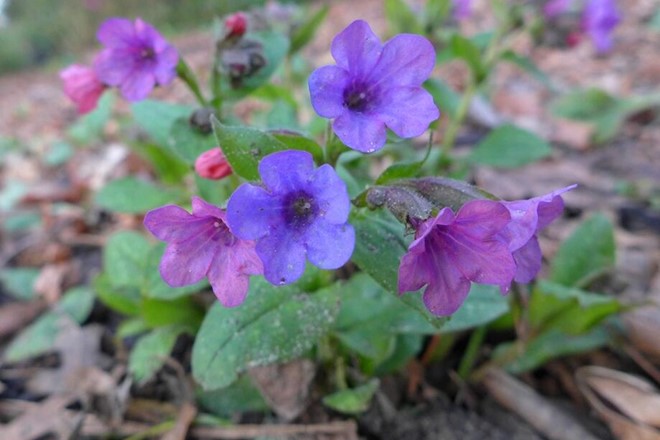
Pulmonaria 'Red Freckles' at Wisley
Specialist societies
It has been a pleasure to work with many specialist societies as our ability to identify and find threatened plants keeps evolving. The Hardy Plant Society’s Pulmonaria Group were instrumental in rescuing Pulmonaria ‘Red Freckles’, found growing only at RHS Wisley in 2012, and giving it to 8 people and one nursery for bulking up. The Clematis Society was the first to publish the complete list of threatened plants we identified for their genus, in 2014, and gathered locations from members. More details here. The HPS Hardy Geranium Group have been evaluating threatened Geranium cultivars.

